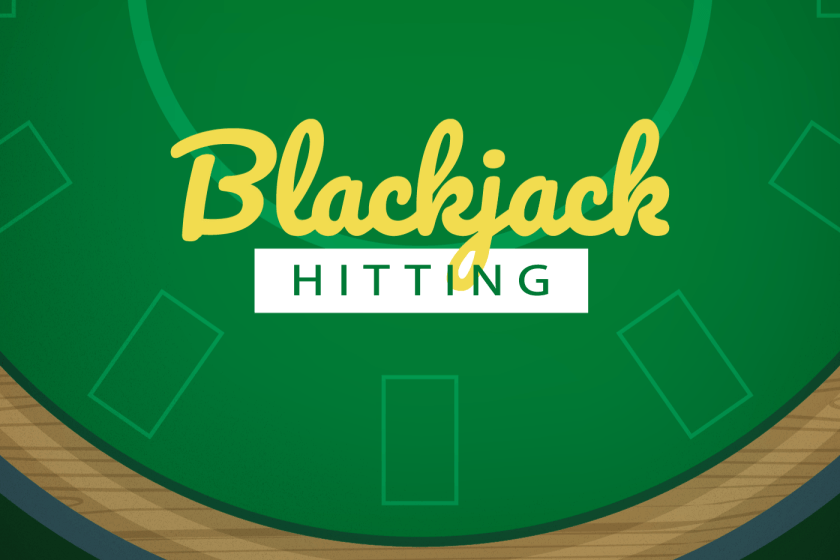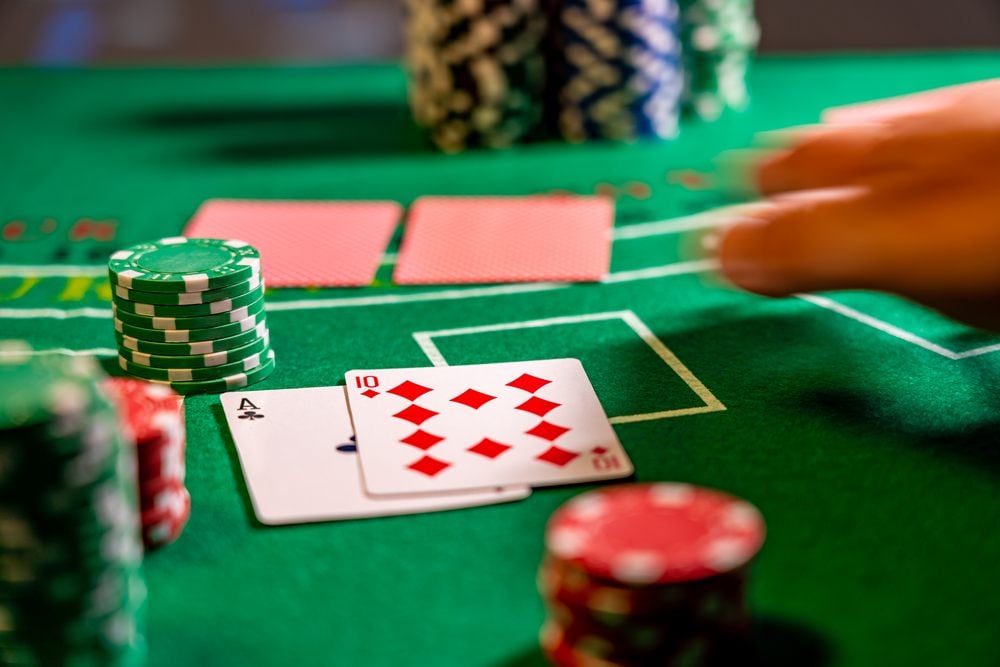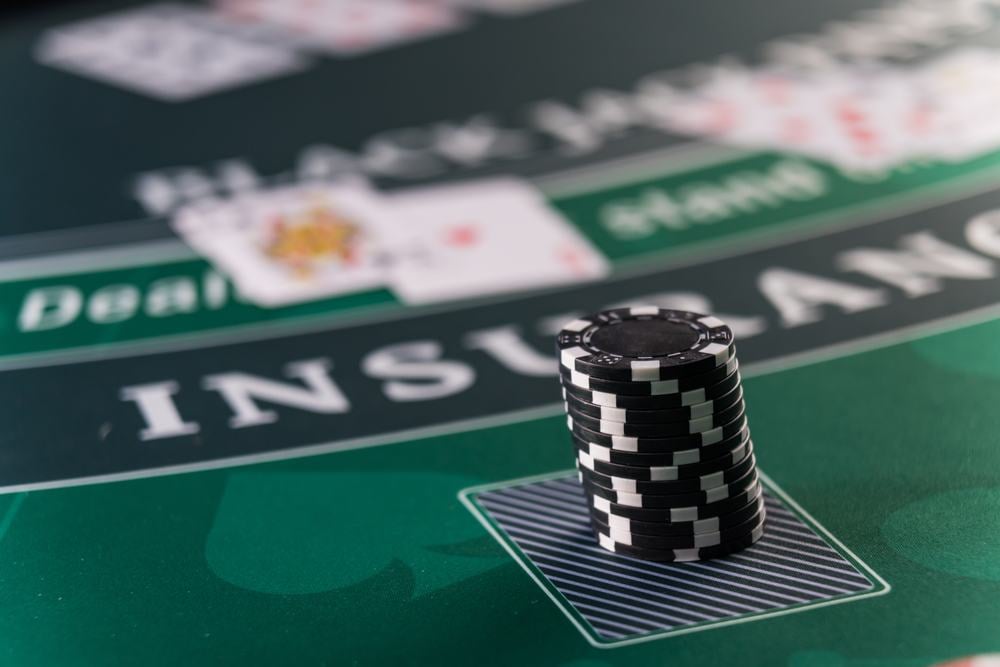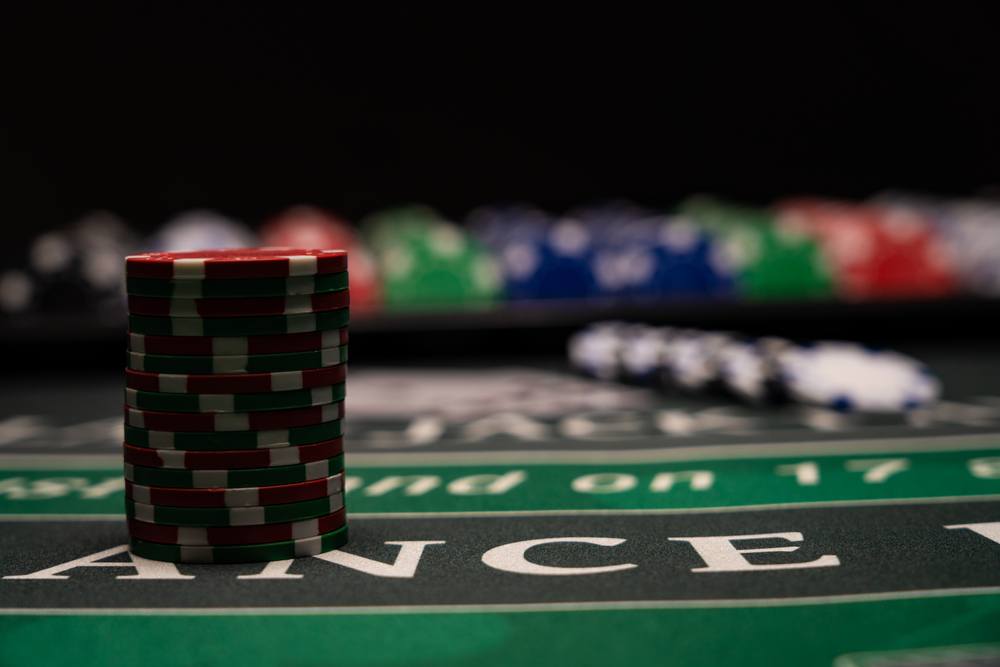Blackjack Strategy: Mastering When to Hit and When to Stand

Essential Blackjack Hitting Insights
Succeeding at blackjack is a blend of luck, sharp observation, and sound strategy. A key decision every player faces is whether to "hit" (take another card) or "stand" (stick with your current hand). Mastering this choice is crucial to lowering the house edge and maximizing your chances at the table.
Here are the most important factors every blackjack player must consider:
- Assess Your Hand Total: If your cards add up to 11 or less, you can draw one more without busting.
- Read the Dealer’s Upcard: The dealer’s visible card guides your best choice. Hands of 12 to 16 are often hits if the dealer shows 7 through Ace.
- Consult Basic Strategy Charts: These guides offer the mathematically best action for each hand - given the dealer’s upcard and your own cards.
- Know the Dealer’s Rules: Dealers must typically hit until reaching 17; use this to judge your next move.
- Balance Bust Risk Versus Potential Gain: Only hit if your chance of improving is higher than the threat of going over 21.
Requesting another card can swing the game in your favor - but only if done strategically. For anyone serious about blackjack success, let’s break down exactly when you should hit, and the moments when staying put is smarter.

Situations When Hitting is the Right Move
Knowing when to hit is the foundation of solid blackjack play. Use these guidelines to inform your choices and tilt the odds your way:
- Hands Totalling 11 or Less: Always hit. With 11 or fewer, there’s no risk of exceeding 21, making another card a safe bet.
- Holding 12 or 13 Against a Dealer 2: Facing a dealer’s 2 means they might land a strong final hand. If you have 12 or 13, it’s wise to draw another card, even if the risk of busting is slightly higher.
- Low Values (Below 17) Versus Dealer's Pat Hand (7+): If your hand is under 17, and the dealer’s upcard is 7 through Ace (which likely leads to a strong "pat" hand), keep drawing to reach 17 or better. Dealers stop hitting at 17, so you should aim to at least match that.
- Soft Hands Against Dealer Pat Hands: A "soft hand" contains an Ace valued as 11, such as A-6 (soft 17). Always hit a soft 17 against a strong dealer upcard (7+). Even a soft 18 (A-7) should be hit if the dealer shows 9, 10, or Ace, since you can’t bust with a single card and you want to challenge a likely high dealer total.
Scenarios When You Should Not Hit
While drawing another card often seems tempting, certain situations call for restraint. Recognize these cases to avoid costly mistakes:
- Surrender is Available: If surrender is permitted and you hold a 16 against a dealer's 9, 10, or Ace (not paired 8s), it's better to surrender and reclaim half your bet. Also, surrender a 15 when the dealer shows a 10 or Ace.
- Reaching 17 or Above: Any "hard" total (without an Ace counted as 11) of 17 or higher is too risky to hit. With this hand, stand and let the dealer play out their cards.
- Dealer's "Bust" Upcards (2-6): When the dealer shows a weak card (2-6), they’re more likely to bust. Stand on hard 12 or greater (except as previously noted with 12 or 13 against a 2), and force the dealer to play out their hand.
- Time to Split a Pair: Instead of hitting, sometimes splitting your cards is optimal. Always split Aces and 8s. If allowed to re-split, split 4s; never split 10s. For further pair-splitting tips, consult detailed blackjack guides.
- When Doubling Down is Optimal: Doubling down lets you raise your bet and take one extra card. In general, double down on totals of 11, hard 9 or 10, and certain soft hands (like A-5 through A-7) when appropriate. For more on doubling down, consult dedicated blackjack strategy resources.

The Dealer’s Hitting and Standing Rules
Understanding house rules about how the dealer plays is crucial. In most blackjack casinos:
- The dealer draws cards until they reach at least 17. Once at 17 or more, they must stand.
- Some casinos require the dealer to hit on a "soft 17" (such as Ace-6); others instruct the dealer to stand on any 17. Table signage or printed rules will clarify this for your game.
- Strategic players typically prefer games where the dealer stands on all 17s, as this slightly benefits the player.
How to Physically Signal a Hit at the Table
Proper communication is part of blackjack etiquette:
- In shoe games (cards dealt face up), signal a hit with a gentle tap or scratch on the table beside your cards.
- In hand-held games, gently scrape your cards on the table near your bet - but never bend or lift them off the table.

Common Questions About Hitting in Blackjack
Should you hit or stand on 16?
If the dealer shows 7 or higher, always hit your 16. Against a lower dealer upcard, stand instead.
Do you hit a 13 against a 2?
Yes. Both 12 and 13 should be hit when facing a dealer's 2, as the risk of the dealer making a strong hand is high.
Is it right to hit on 14?
Hit 14 when the dealer holds a strong "pat" hand (7 through Ace). If the dealer’s upcard is 2 to 6, stand.
Should you hit a 17?
Only hit when your 17 is "soft" (contains an Ace counted as 11). Never hit a hard 17 or higher.
Is hitting 16 against a 10 a good move?
Statistically, yes - you should hit 16 when the dealer shows a 10. However, if your table allows, surrendering is the optimal play. If unsure, stay consistent and hit, as this is the recommended move for beginners.
Conclusion: Make Smarter Blackjack Decisions
Blackjack is a dynamic game, but knowing precisely when to hit or stand can shift the odds. By paying attention to your total, the dealer’s upcard, and following well-established strategies, you can play with confidence and minimize mistakes. Use this knowledge to maximize your winning opportunities each time you sit down at the table.













